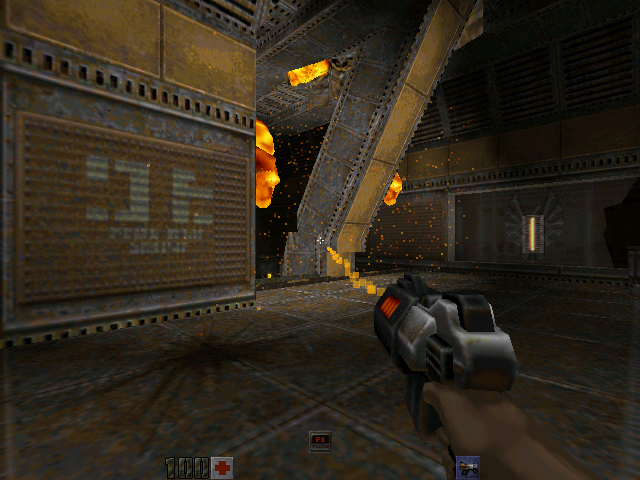First post, by 386SX
Hi,
of the features I remember reading back in its times, Edge antialiasing was one that I never ever seen the theorical improvements in still frames. Before the FSAA was the usual stuff you could clearly see the quality improvements, did anyone can post or say where you could see any pixel differences in game supporting edge antialiasing?
Thank


